The word “epic” gets thrown around a lot, but in the case of Grendel, a live-action retelling of John Gardner’s 1971 novel of the same name, it’s not hyperbole. Writer-director Robert D. Krzykowski adapted the book, a modern classic that retells the old English epic poem Beowulf from the perspective of the monster Grendel, who terrorizes the kingdom of Hrothgar of the Danes for 12 years.
The cast is epic, too, with Jeff Bridges as the titular monster, Bryan Cranston as King Hrothgar, Dave Bautista as the warrior Beowulf and T Bone Burnett as the blind, harp-playing Shaper.
Jim Henson’s Creature Shop is doing the creature work and design. Filming is set to begin in Europe next year.
Palisades Park Pictures is handling international sales; CAA Media Finance and UTA Independent Film Group co-rep rights for North America.
The Hollywood Reporter recently spoke with Krzykowski about Grendel’s deeply conflicted worldview and why his story never gets old.
There are so many movies based in mythology and fantasy and comic-book-type worlds. It’s strange that the story of Grendel hasn’t been explored more in film.
Totally. And I feel like it’s [the] roots in mythology — you know, comic books are kind of our modern myths — and then you’ve got Beowulf that’s kind of like the original comic-book hero, and Grendel is the ultimate and original villain of English literature — so we’re going way back to the roots.
You’ve been living with Grendel for a long time. Tell me about your relationship to the book.
It was taught to us in high school and I just was fascinated with it because we read all sorts of books at the time — To Kill a Mockingbird and Catcher in the Rye and Death Be Not Proud — and they all stirred conversation, but something about Grendel, the whole classroom lit up. Everybody had something to
say and everybody had their own theory, and this was competing with their personal philosophies, their religious leanings, their political leanings. It was really neat to watch young people engage with it, and it sparked conversation, and that has always stuck with me.

How familiar was the cast with the story of Grendel, especially Jeff Bridges, Bryan Cranston and T Bone Burnett?
T Bone was probably the most educated on this world and this philosophy. The philosopher [Jean-Paul] Sartre — T Bone was actually doing a Twyla Tharp movement piece in New York that was kind of about Sartre. And so, having Grendel approach him at the same time, he really understood kind of the takedown of Sartre’s philosophy that John Gardner was attempting — this really wry dig at [how] you philosophize too hard and too much, [and] you might lose the forest through the trees and not be able to see a life that’s worth living. So T Bone was really fast to get that, because he was already living in that zeitgeist. Jeff has a deep philosophy about how we should operate in the world, and I think that Grendel is a really interesting warning. [Jeff] talked a lot about the yin and the yang of every person and that Grendel, he’s really a character in conflict, and I think that he found that really interesting. [Grendel] ends up tipping into a place where he can’t quite save himself, and we all see that as an interesting warning when you’re dealing with a monster. That’s a great lens through which to view ourselves because you’re not being so critical of people, per se — you get this monster that gets to be your proxy.
The Shaper is a unique character who exercises almost magical powers through his music. How did you come to cast Burnett in this role?
Jeff and I talked about it, and he wanted me to meet T Bone right away. He said, “I think you’re really going to like him,” because we were talking about musicians that would be right for the Shaper. T Bone hopped on a Zoom with Jeff and me, and he just has this wonderful, soft, whispery voice that sounded like you would want him to read the novel to you. Then he started sharing poems that were inspiring, a couple of recent songs that he had written that were so incredibly in the flavor of what we were doing. When he read Grendel, T Bone was like, “Everything in this is stuff I’m thinking really hard about right now, so I’d really like to articulate that in the music of this film.”
Is Burnett writing the score?
Joe Kraemer, who did Mission: Impossible: — Rogue Nation and Jack Reacher and The Man Who Killed Hitler and Then the Bigfoot, will write the symphonic score for the film, and T Bone will write all of the mead hall music and all of the Shaper’s songs. So they kind of articulate different flavors of the movie.
Grendel, the book, is written in the first person. Will Grendel narrate the film?
Grendel is, of course, an untrustworthy narrator, and we’re seeing everything through his perspective. So he talks to us, he narrates, we hear his thoughts. He talks to other characters that aren’t necessarily hearing him, and sometimes he imagines conversations that they’re having with him. … So rather than have him always kind of watching from a window in the mead hall, there are times where he’s just sitting at a table in the mead hall where nobody acknowledges him, but he gets to be in the room lit with real light and feel more like he’s part of Hrothgar’s kingdom and his people. So it brings a closeness to it, where now the actors are within very close proximity to him. It’s kind of like: You’re aware of every rule, you’re breaking every rule, but you’re very aware of what the audience will psychologically accept.

Tell me about the design of Grendel’s face. It’s very different from the one many people grew up with on the cover of the novel.
It’s going to sound funny, but we were searching and searching for the right shape, and we didn’t want the face to be too flattened and humanoid. We wanted him to be frightening, and you’d believe that he’d be able to take on all of these warriors. So that felt like he needed to move into the mode of — you want to create a classic movie monster, an unforgettable movie monster. When I was sketching one day, I was looking at the Pink Panther and his head shape. I just loved the round top of the head and the snout, and I started thinking about the way Grendel teases Hrothgar reminded me a lot of the way the Pink Panther taunts and teases Inspector Clouseau. Then I started thinking, “This will be really neat for a creature performance, because now the head’s not down with the actor, it’s not on their face. It’s going to be up above them, which is a real opportunity for puppetry, animatronic puppetry.” So you have people offscreen controlling the eyes and the mouth, and then the person below is really focused on kind of a dance-like movement that moves along with what Jeff Bridges does at Skywalker [Ranch] for his physical performance. So that was some of the thinking. And I love the [Arthur Rankin Jr.-Jules Bass] 1977 Hobbit — I just think that has such lovely character design. I just love that design and I’d never seen that kind of [design] in 3D. So those were some of the inspirations to try to bring it to life. Then we worked with Jordan Nieuwland and Nikita Lebedev, these two artists at Herne Hill [Media], interpreting my sketches and trying version after version till you saw the one that is now three-dimensional.
How much do you plan to shoot onstage with set builds as opposed to practical locations?
Probably about a fourth or a fifth of the movie will be on stages. Very, very handmade, very fantasy-driven. I think of Ridley Scott’s Legend and some of the sneaky stage work there, and [Jim Henson Co.’s 1987 TV series] The StoryTeller — it pulls out every trick in the book to compellingly tell the story but to also constantly throw new artistic surprises at you. Grendel operates in a series of chapters, each one very distinct. So those offer opportunities to really shift it up between the chapters. … And then I’d like to use as many physical outdoor locations as possible, just because it’ll have that Terrence Malick texture [where] the camera is free and it’s with Grendel and it’s able to just live with him. I think that will feel really wonderful for the audience.
Grendel is a bloody story with some intense gore. How graphic will you get with the violence?
We’ve all agreed to make a PG-13 movie, and what that means, though, is that we can’t necessarily throw blood all over the screen. But what we can do is really bone-crunching action scenes. And so that’s going to be like some Hong Kong-style wire pulls and people spinning into rafters and crashing through tables and being thrown into the fireplace.
Grendel grew up watching human beings kill one another and destroy their environment. He desperately wants to believe in a better world, but he’s filled with rage and despair. Considering the state of the world today, it’s hard not to identify with some of his feelings. Have you talked about this with the cast?
I think we’re all not angry people, but we all needed an outlet, and Grendel has provided this outlet. He’s an angry, cynical, deep thinker trying to function within a world and can’t figure out how. And I think that we are all asking the big questions, life’s big questions, and Grendel just asks them over and over and over again in about 20 different, really interesting ways. We’ve just found it really enjoyable to get to talk to each other about it. It’s therapeutic. So I think that’s one of the gifts of the work, is that the more you think about it, the more you kind of understand yourself, or understand your flaws, or understand the world. And because it’s daring enough to ask those questions and trust you to not answer them, that is real art and that is really intelligent writing. I think that’s why it keeps revisiting people. Grendel has not gone away, and again I do feel like it could have been written today.

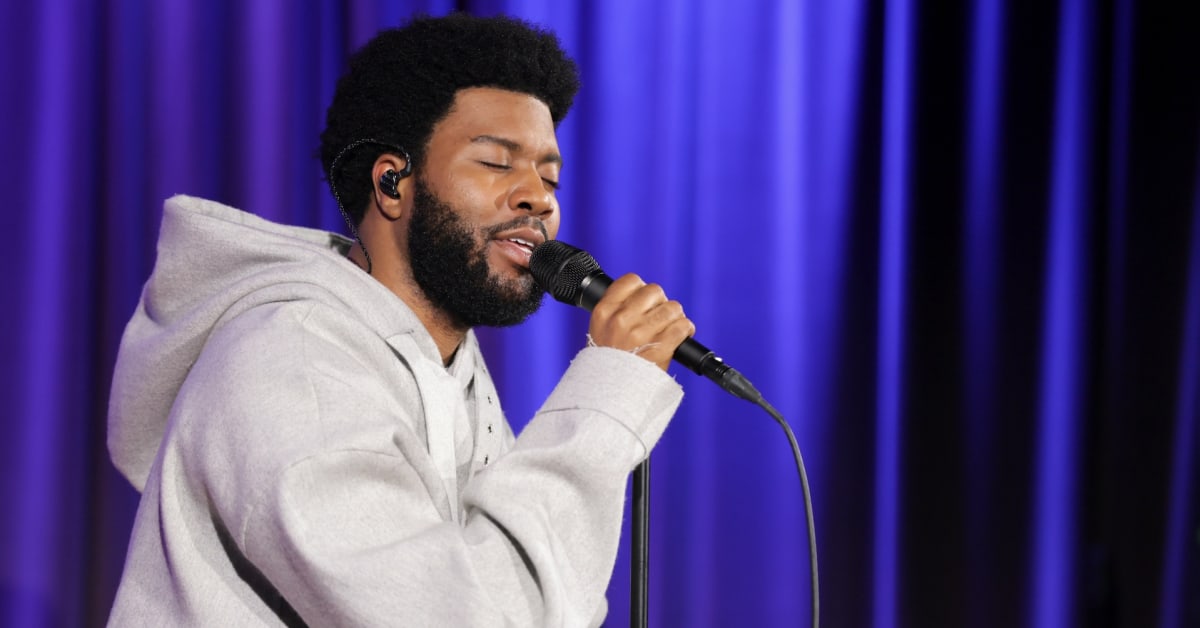
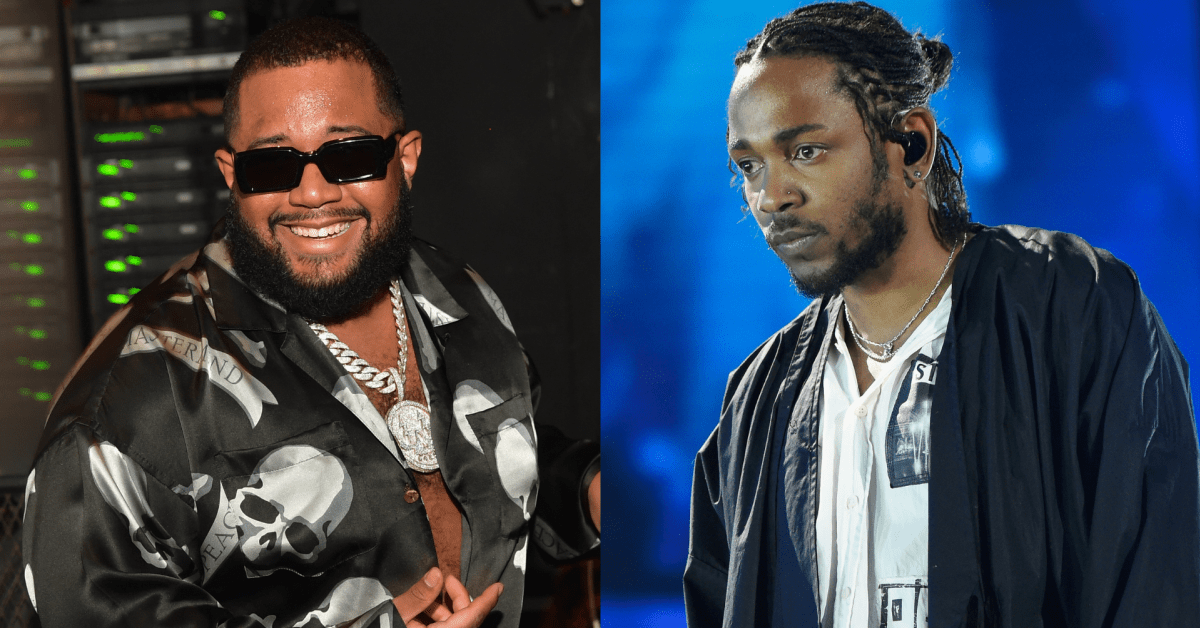



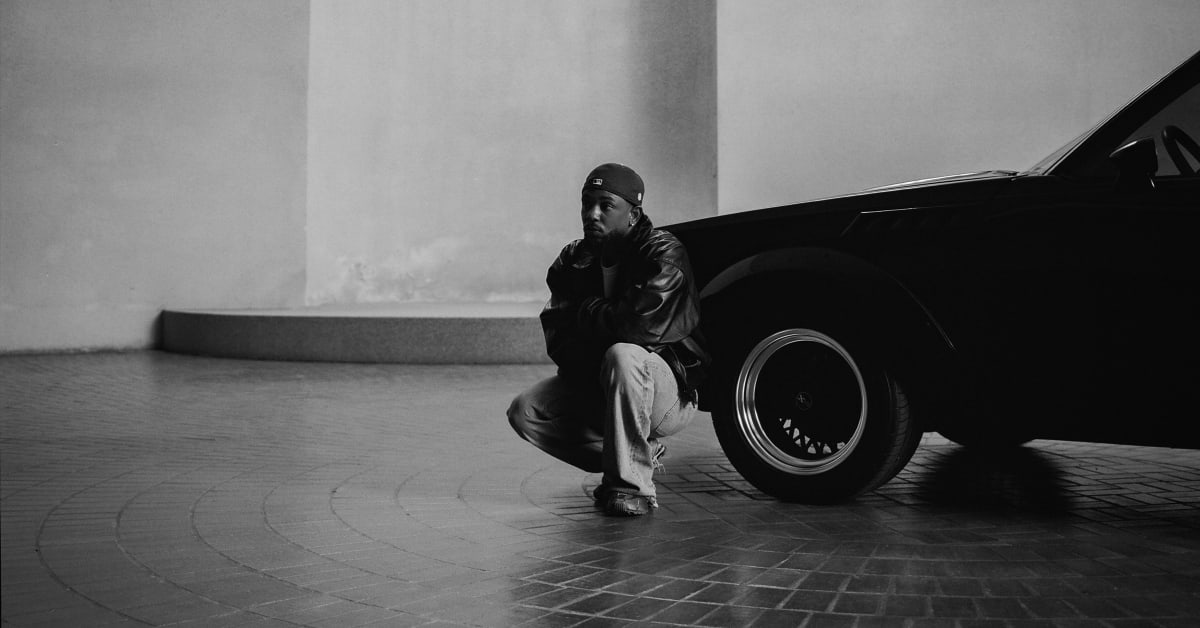



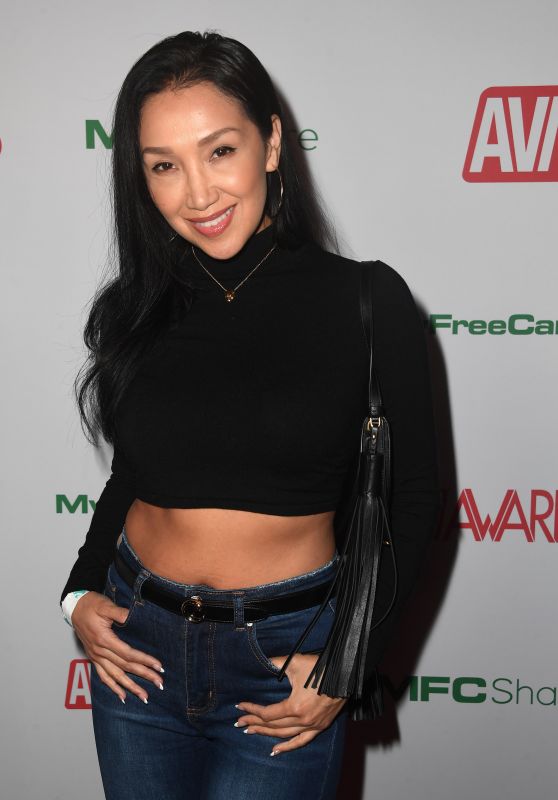
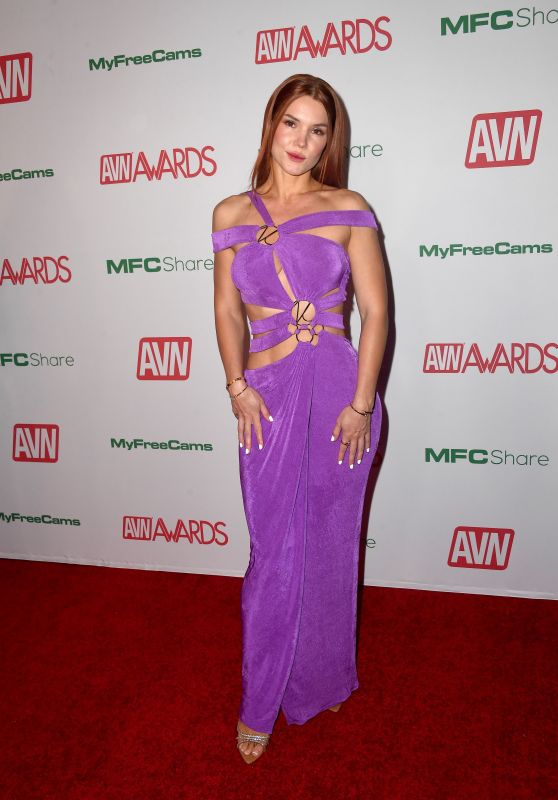








 English (US) ·
English (US) ·